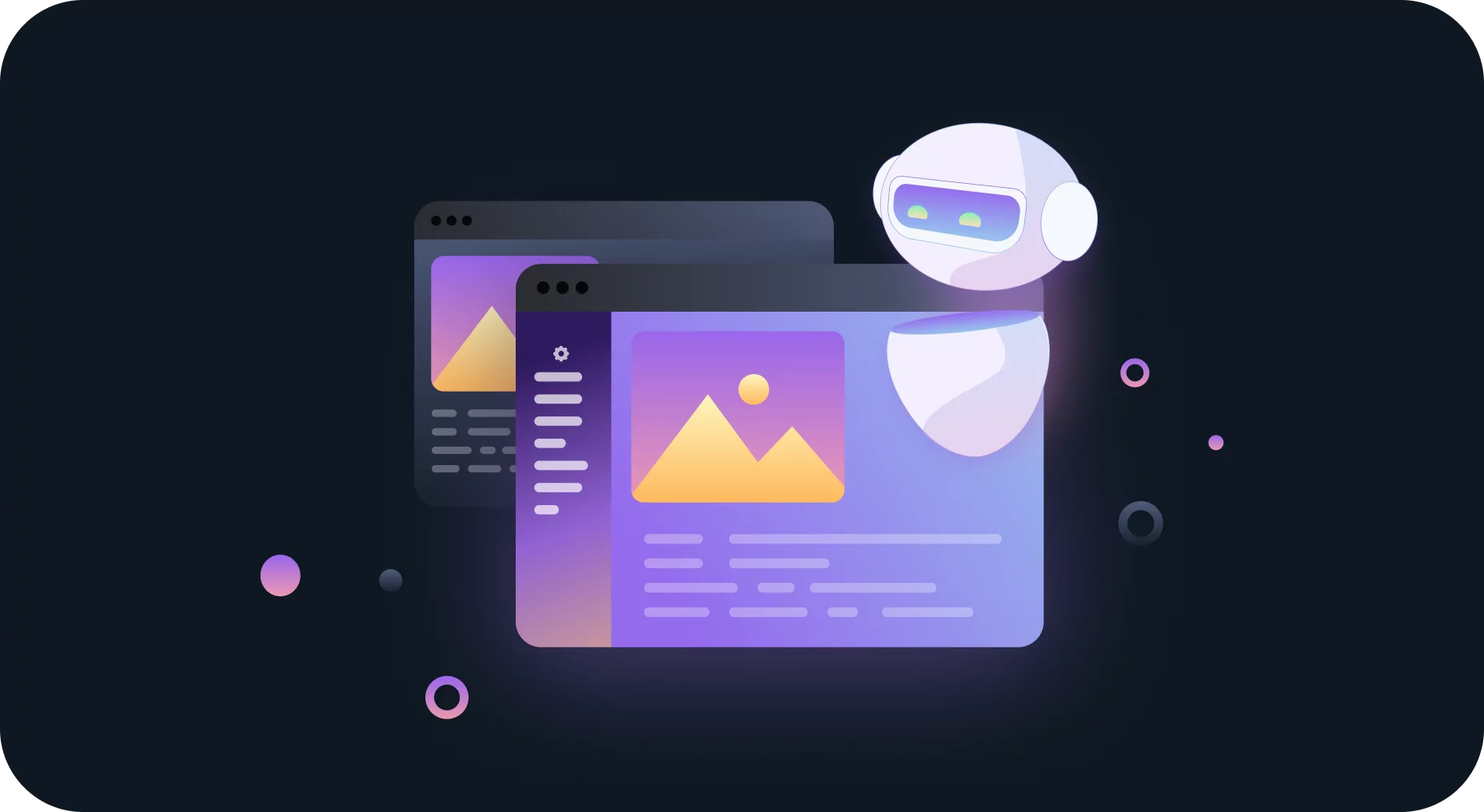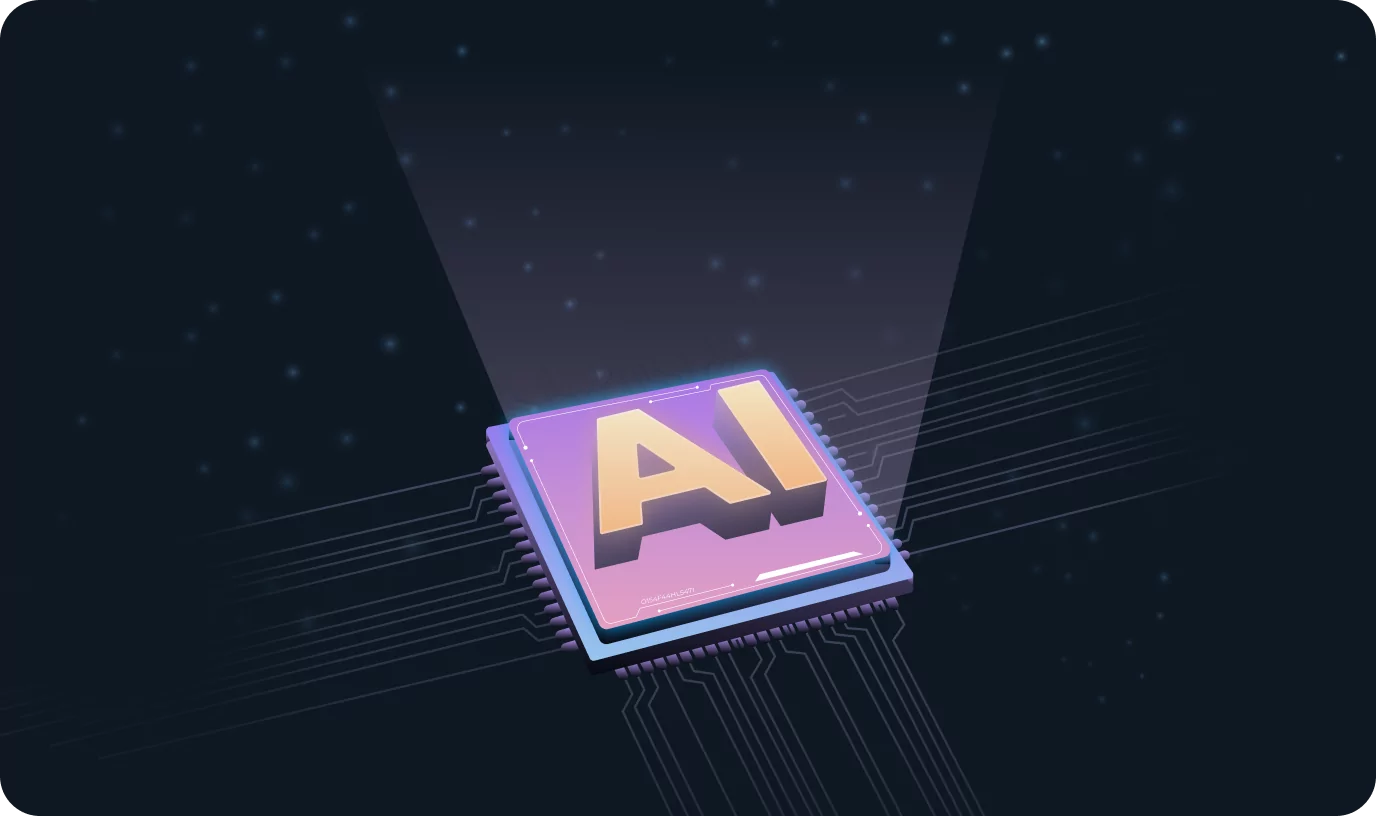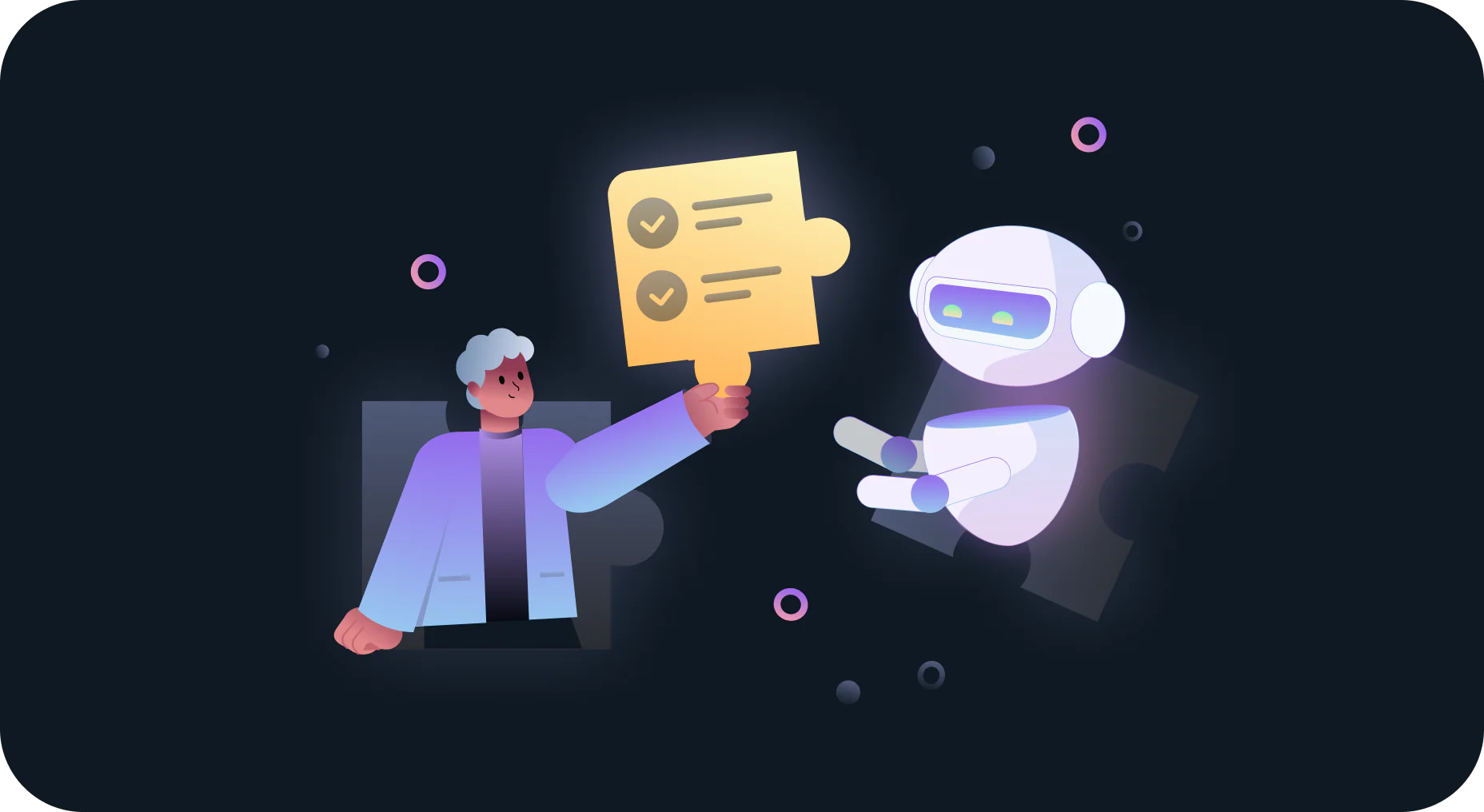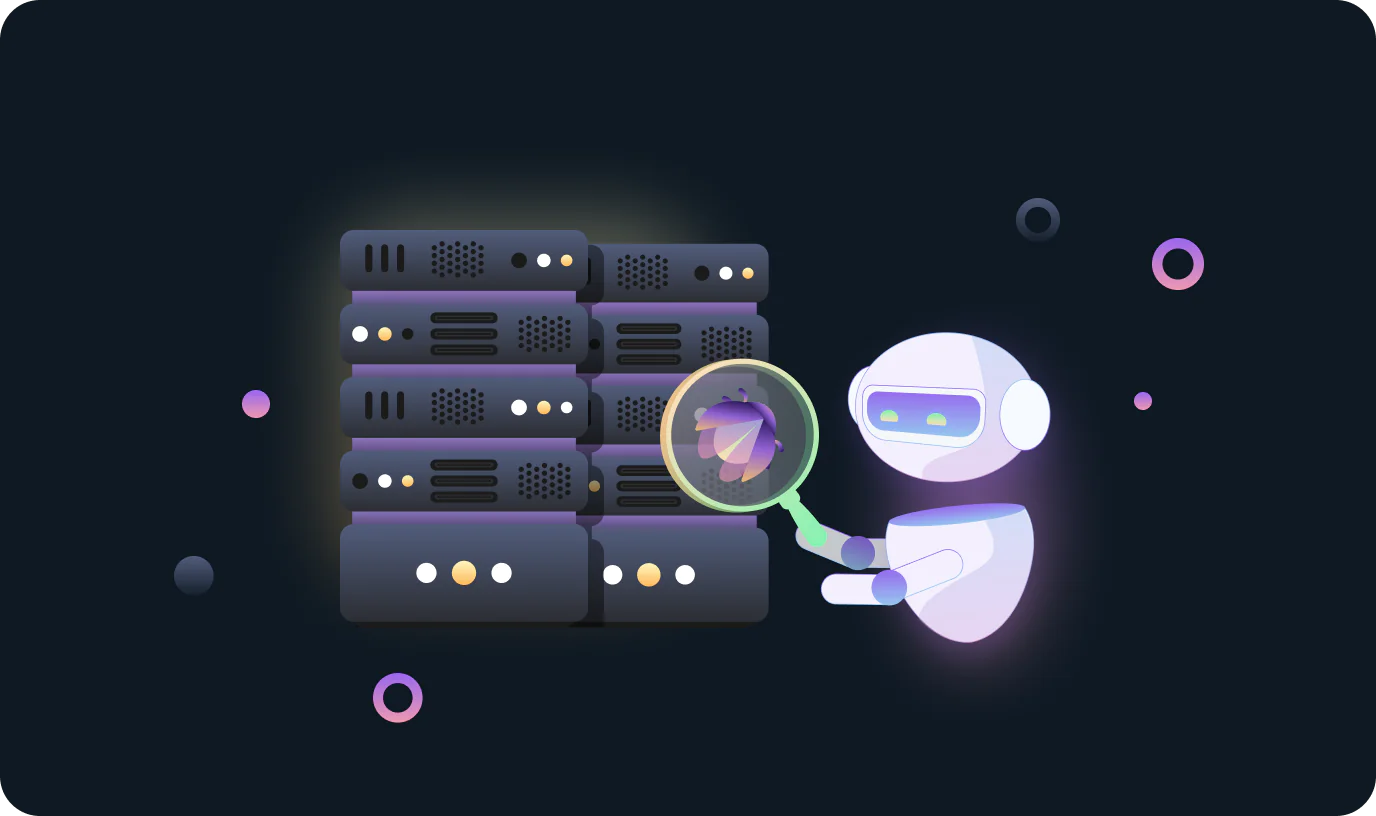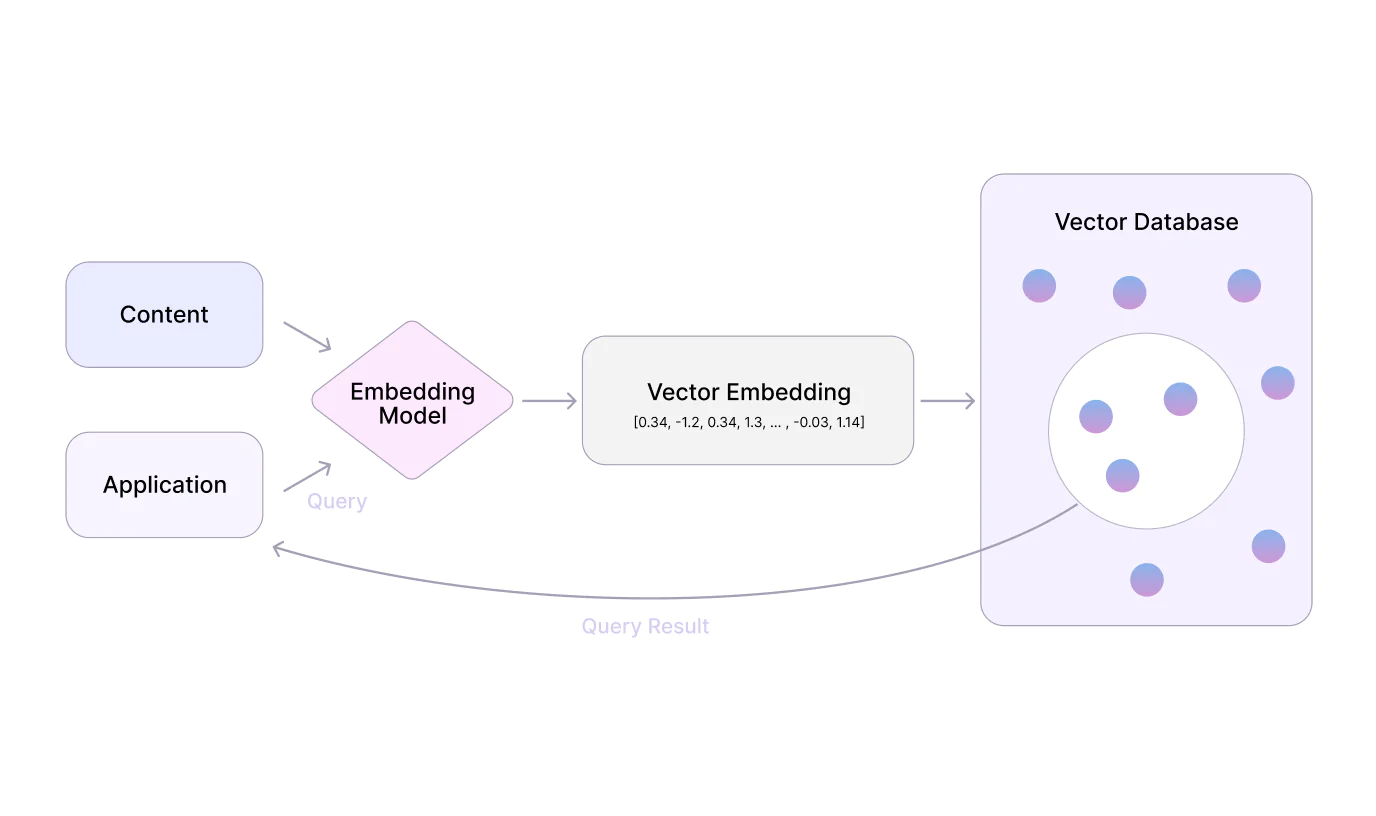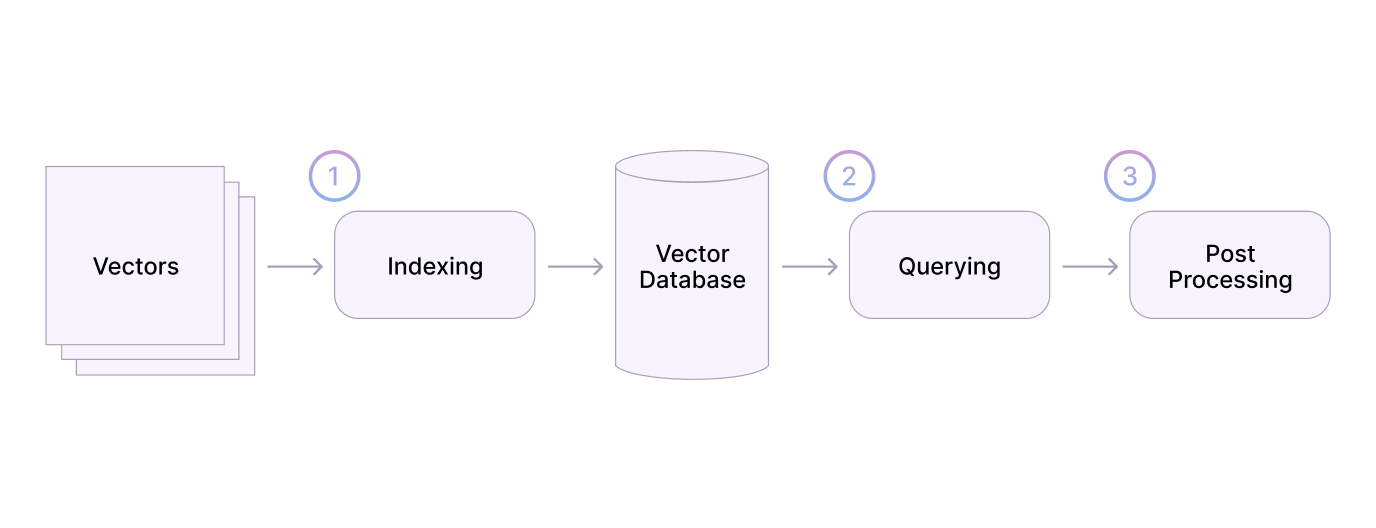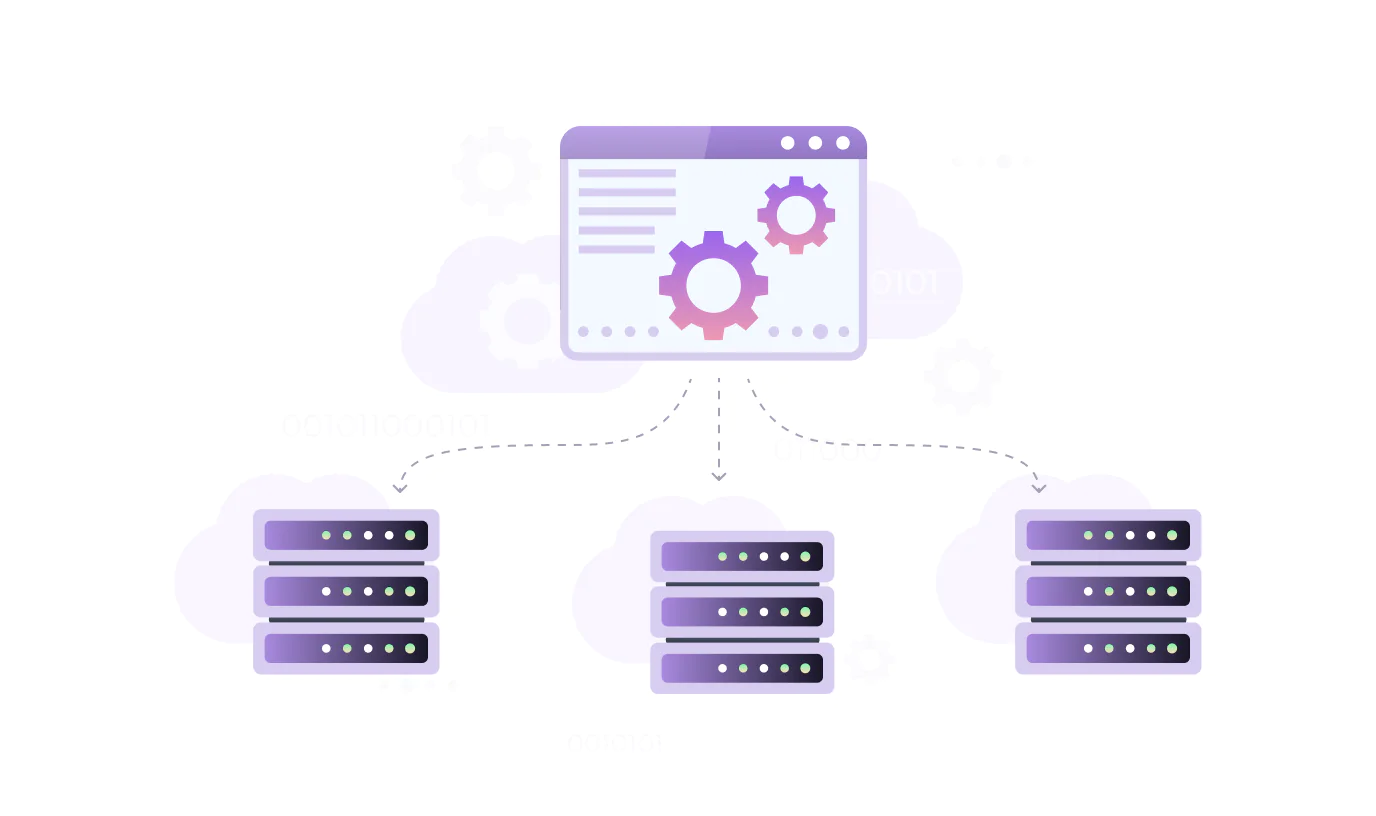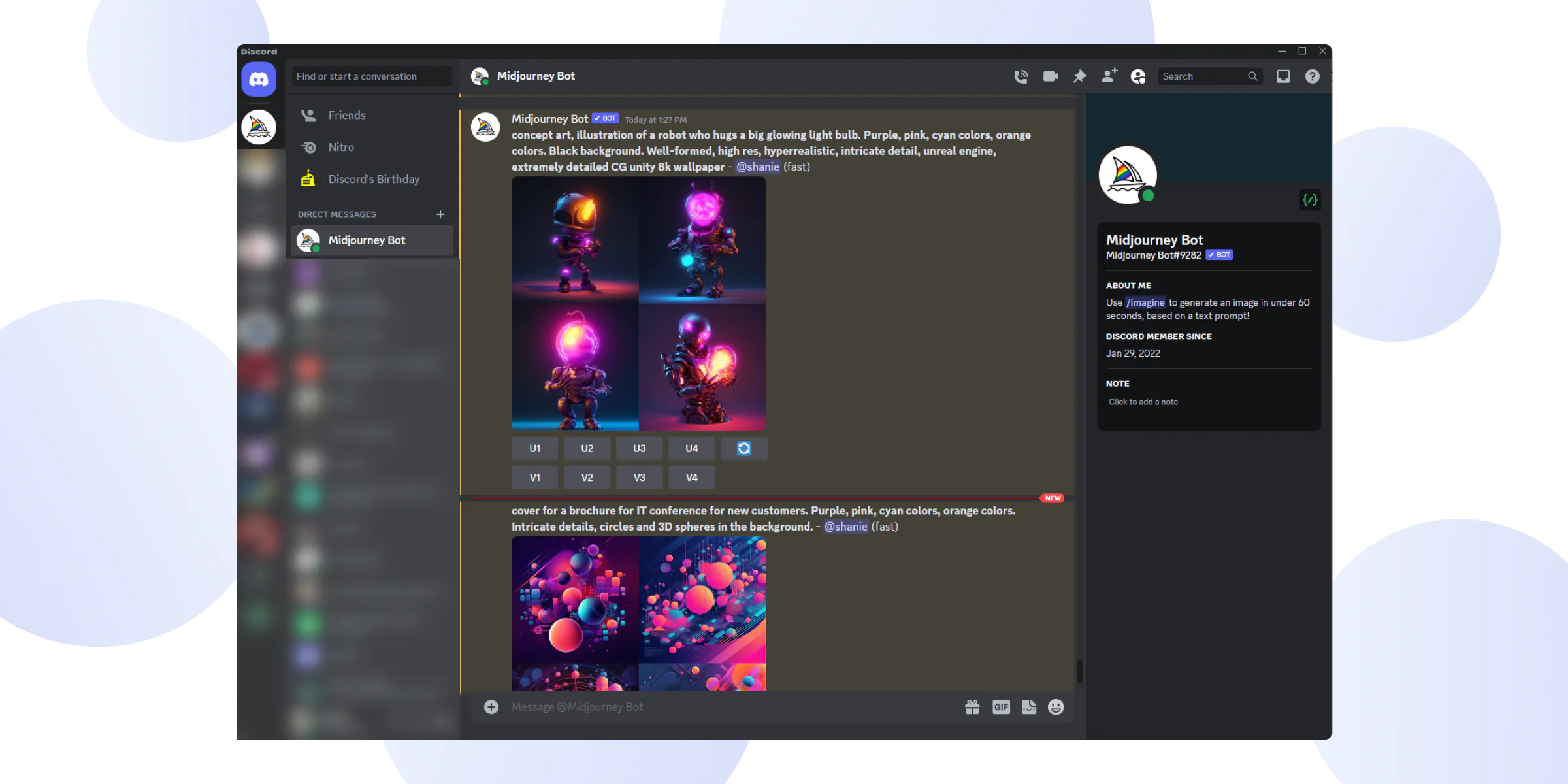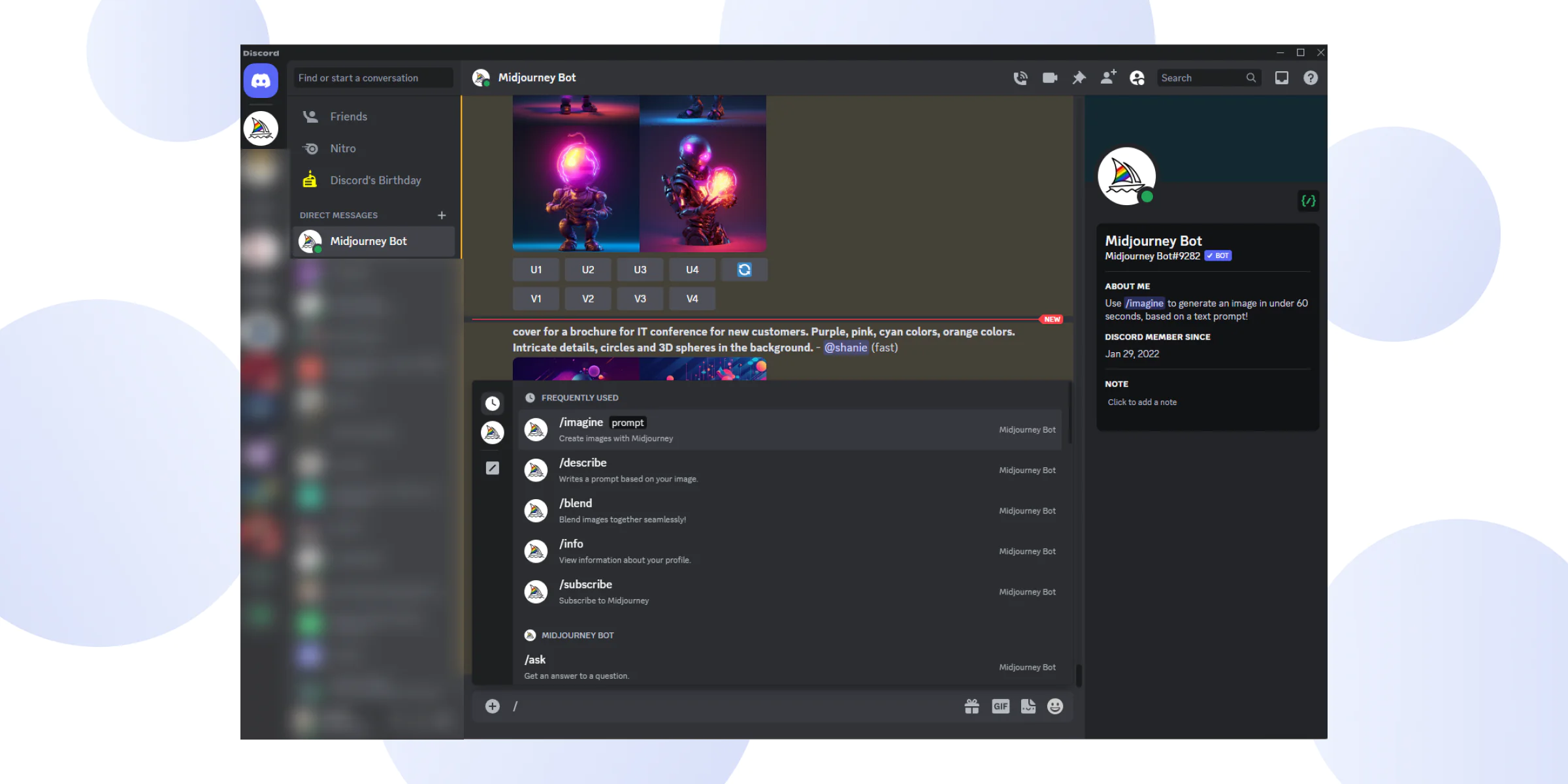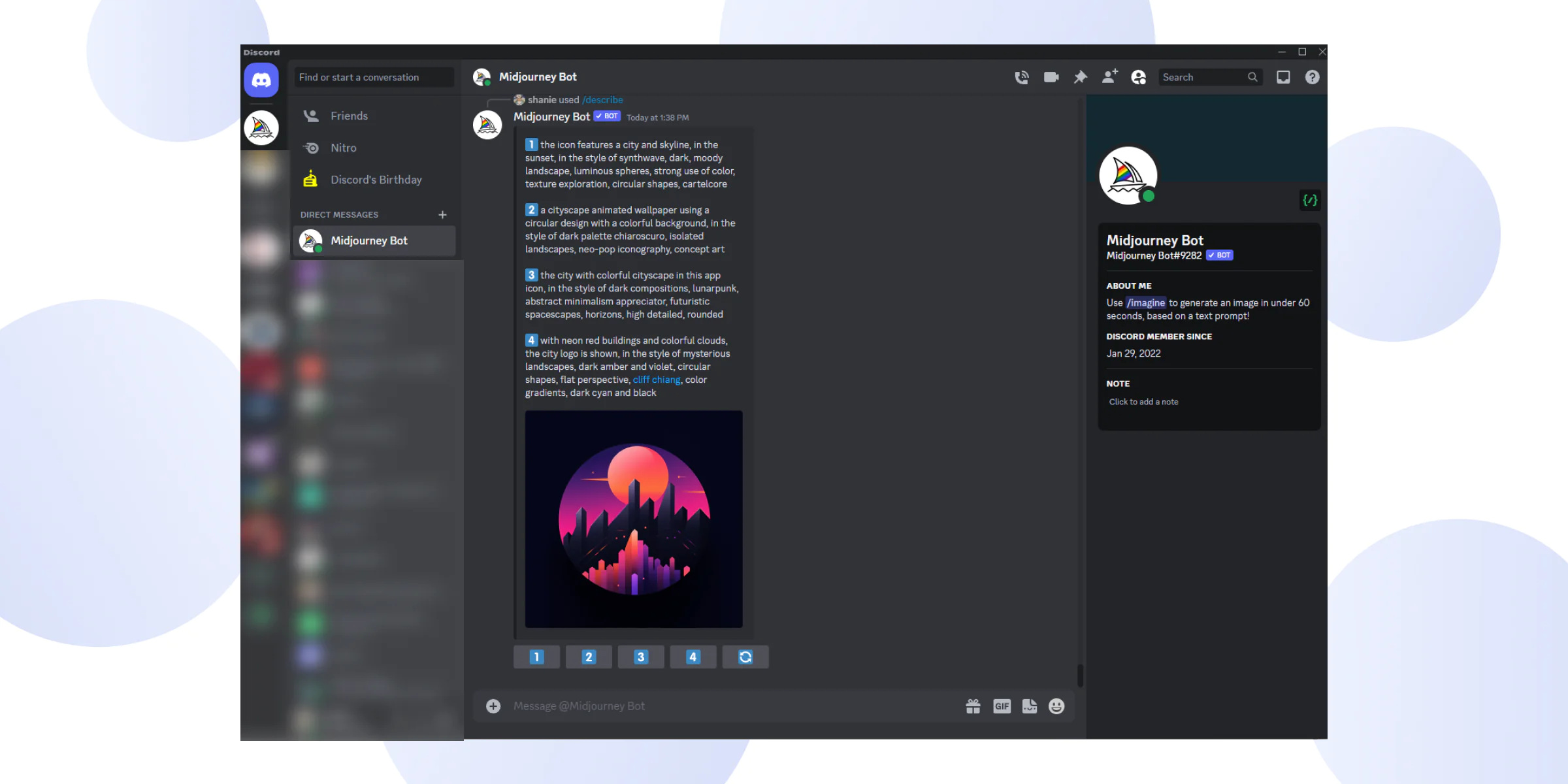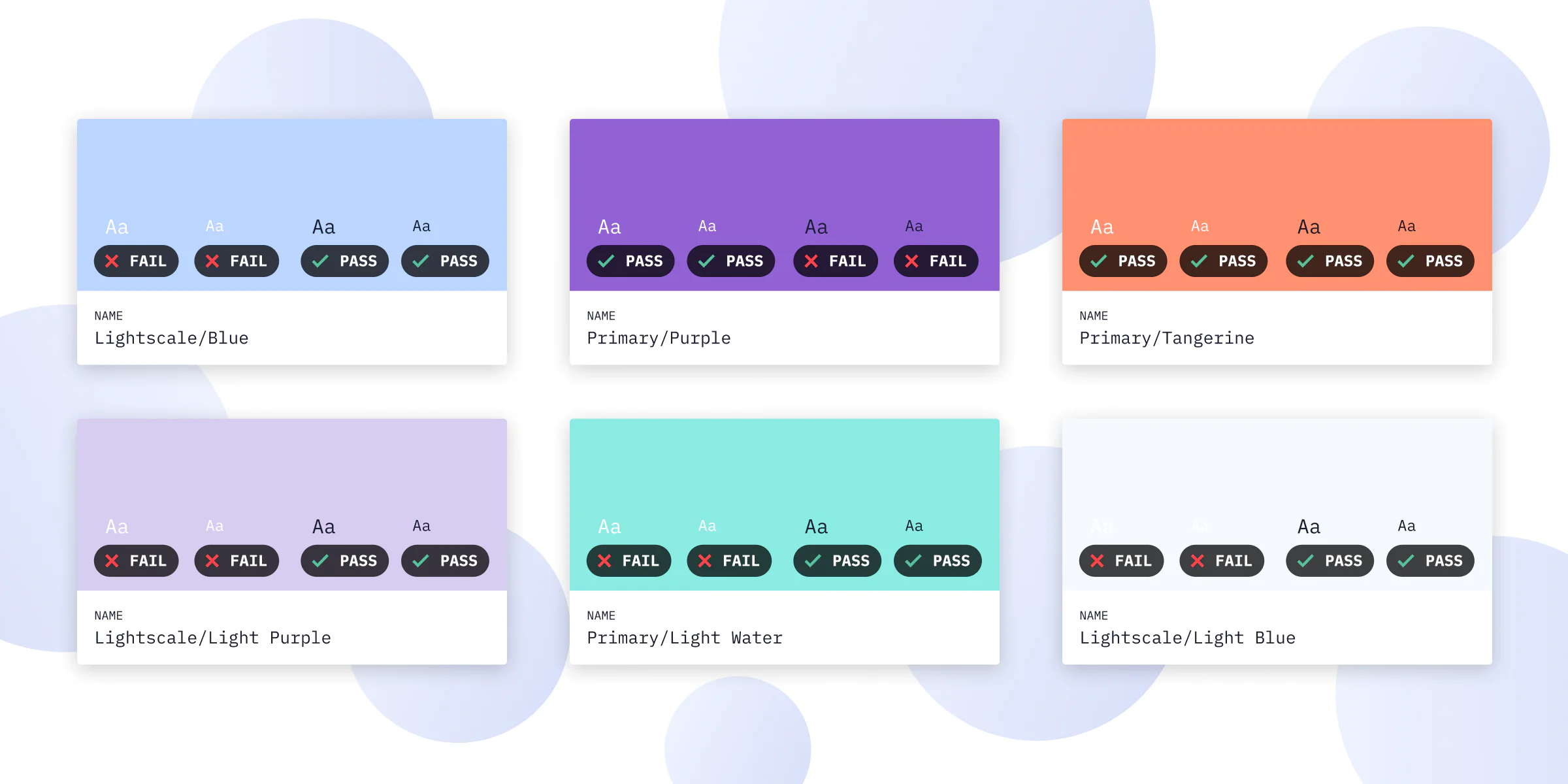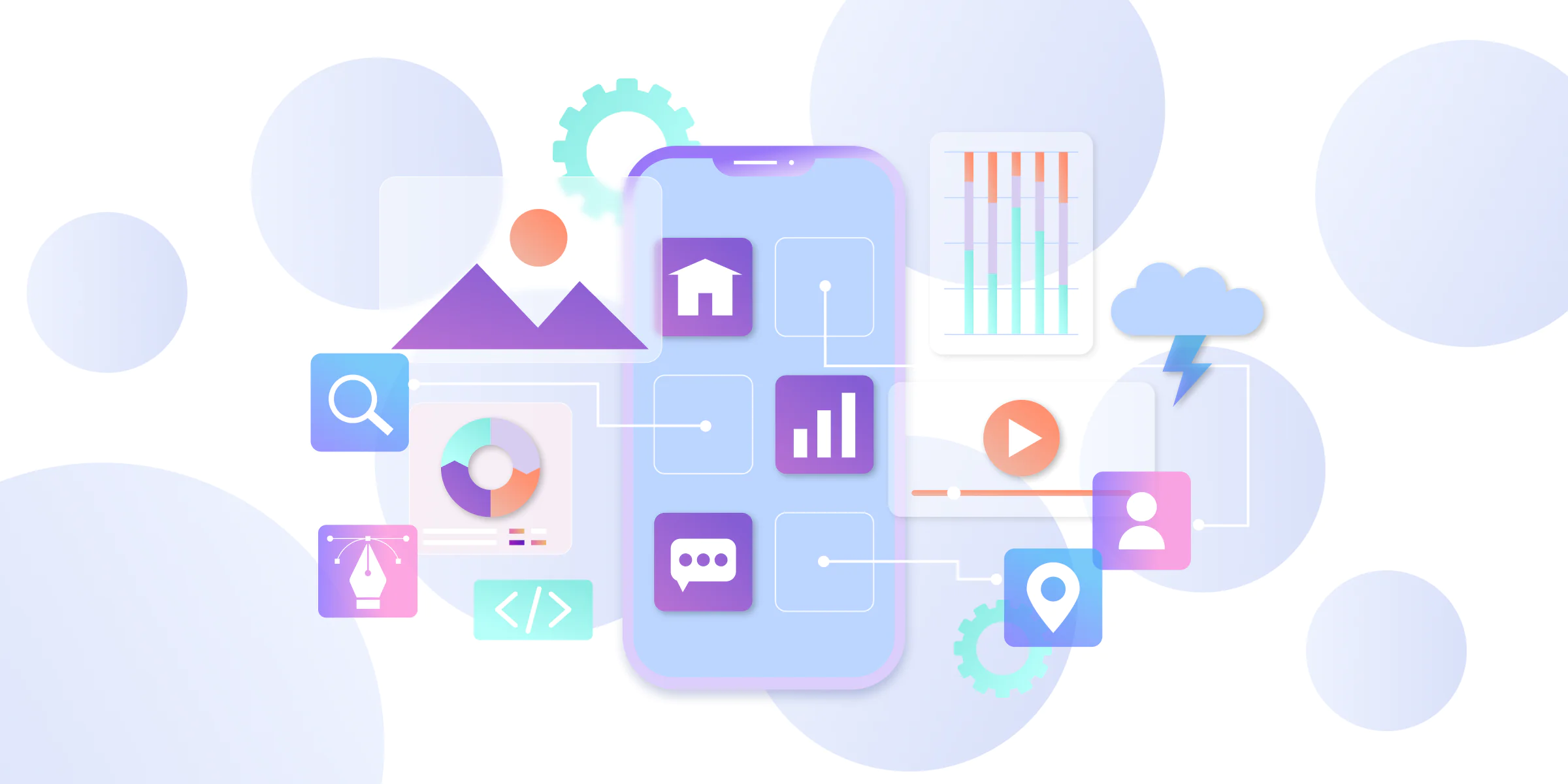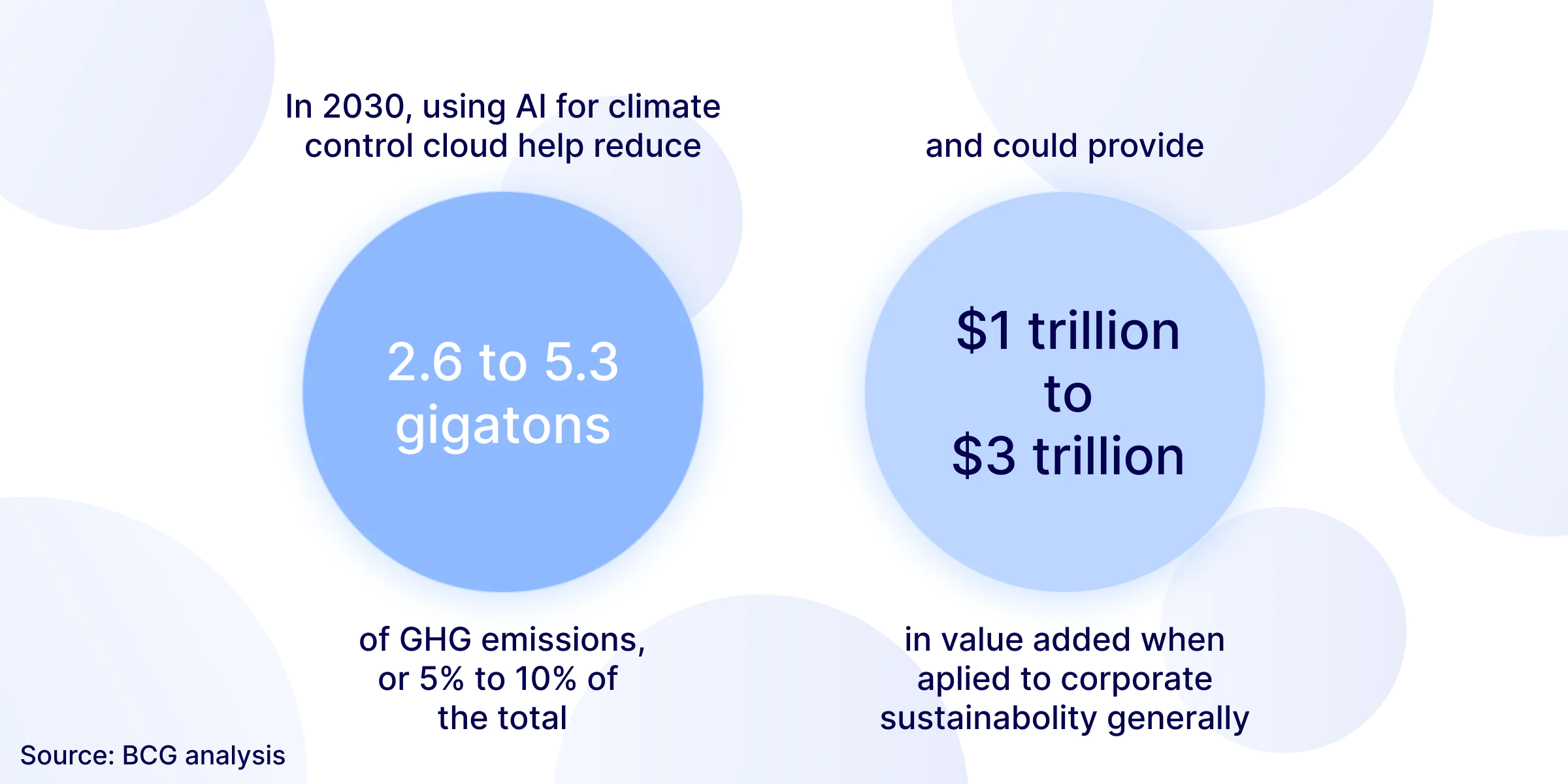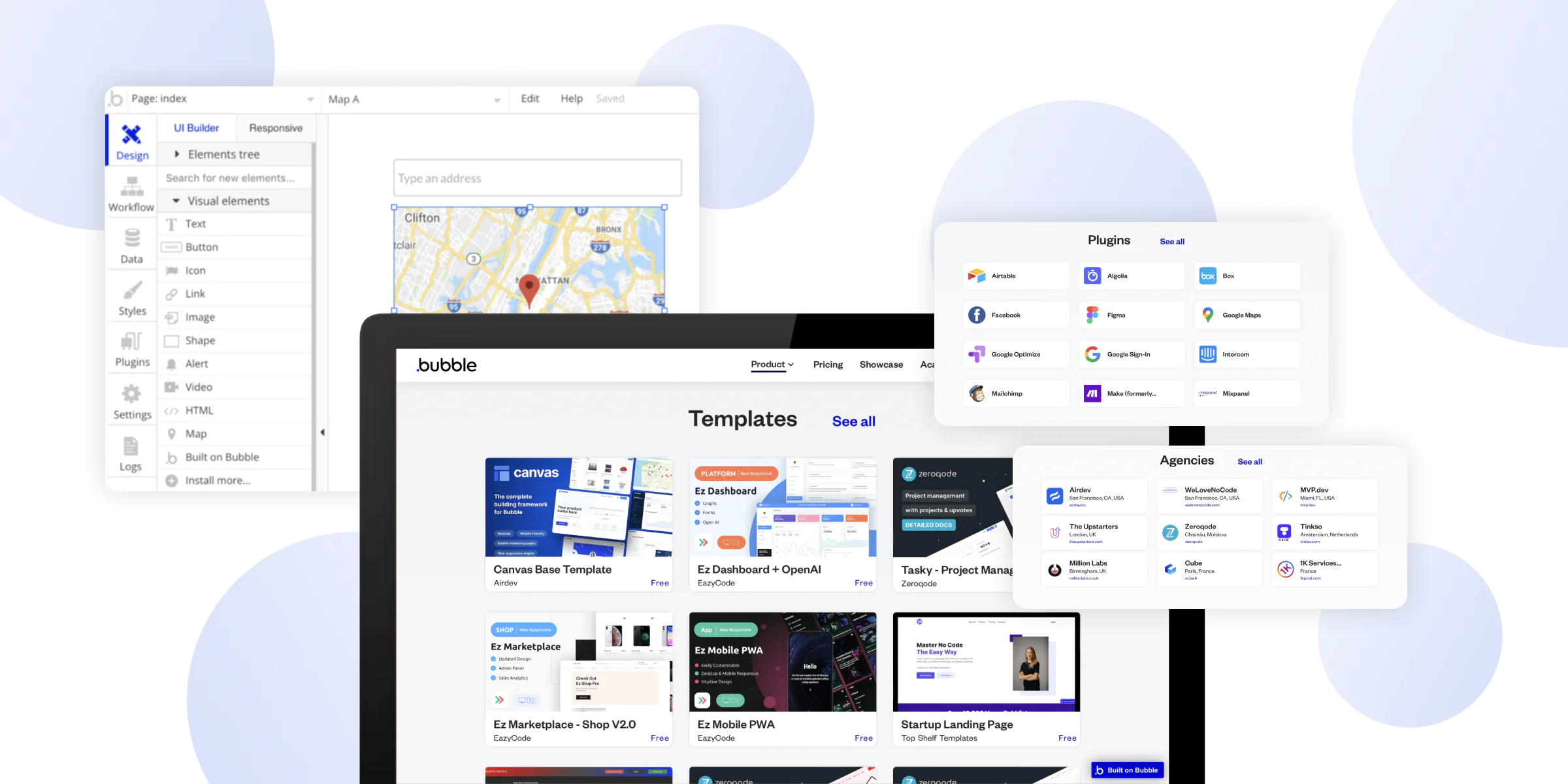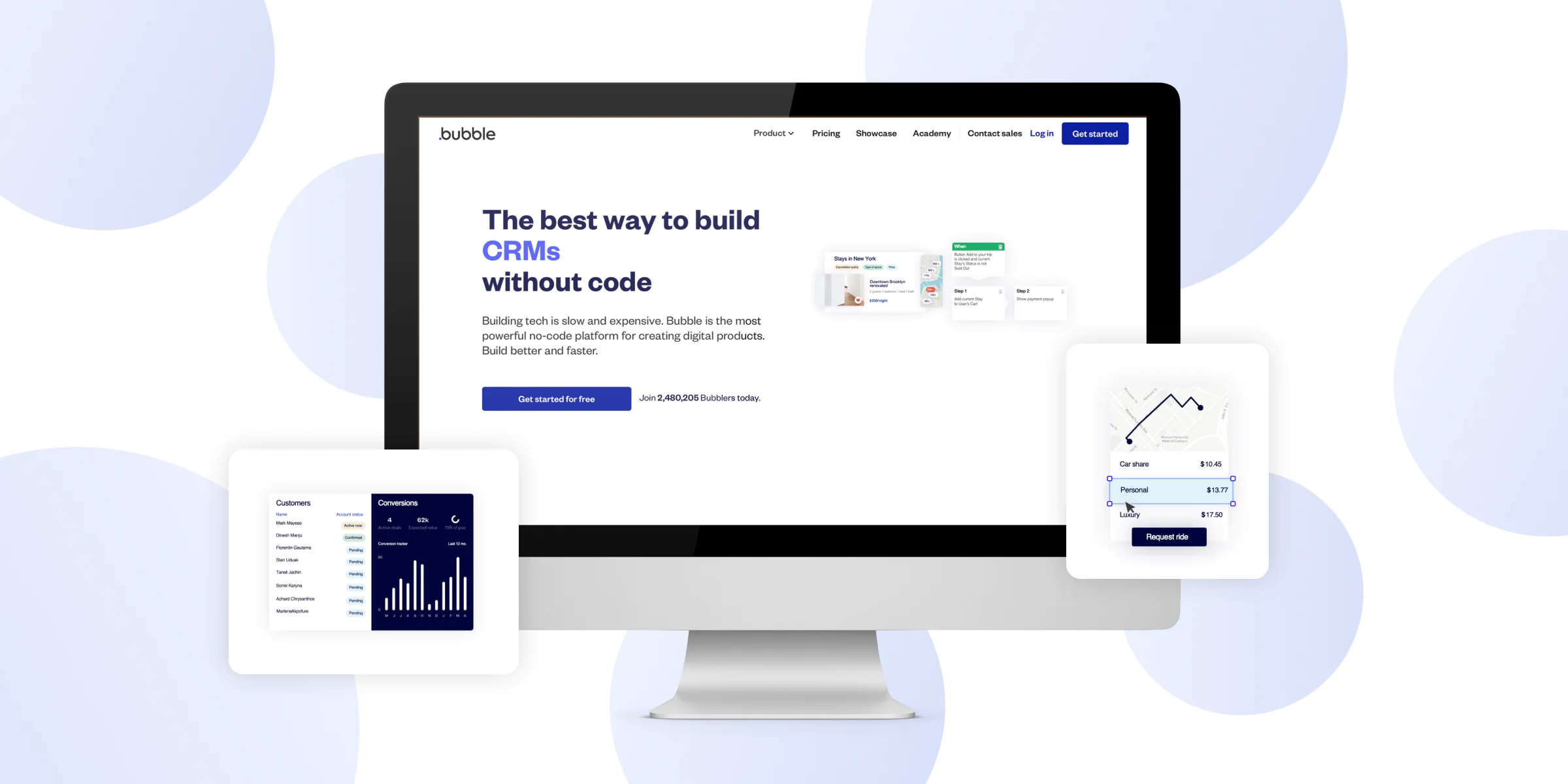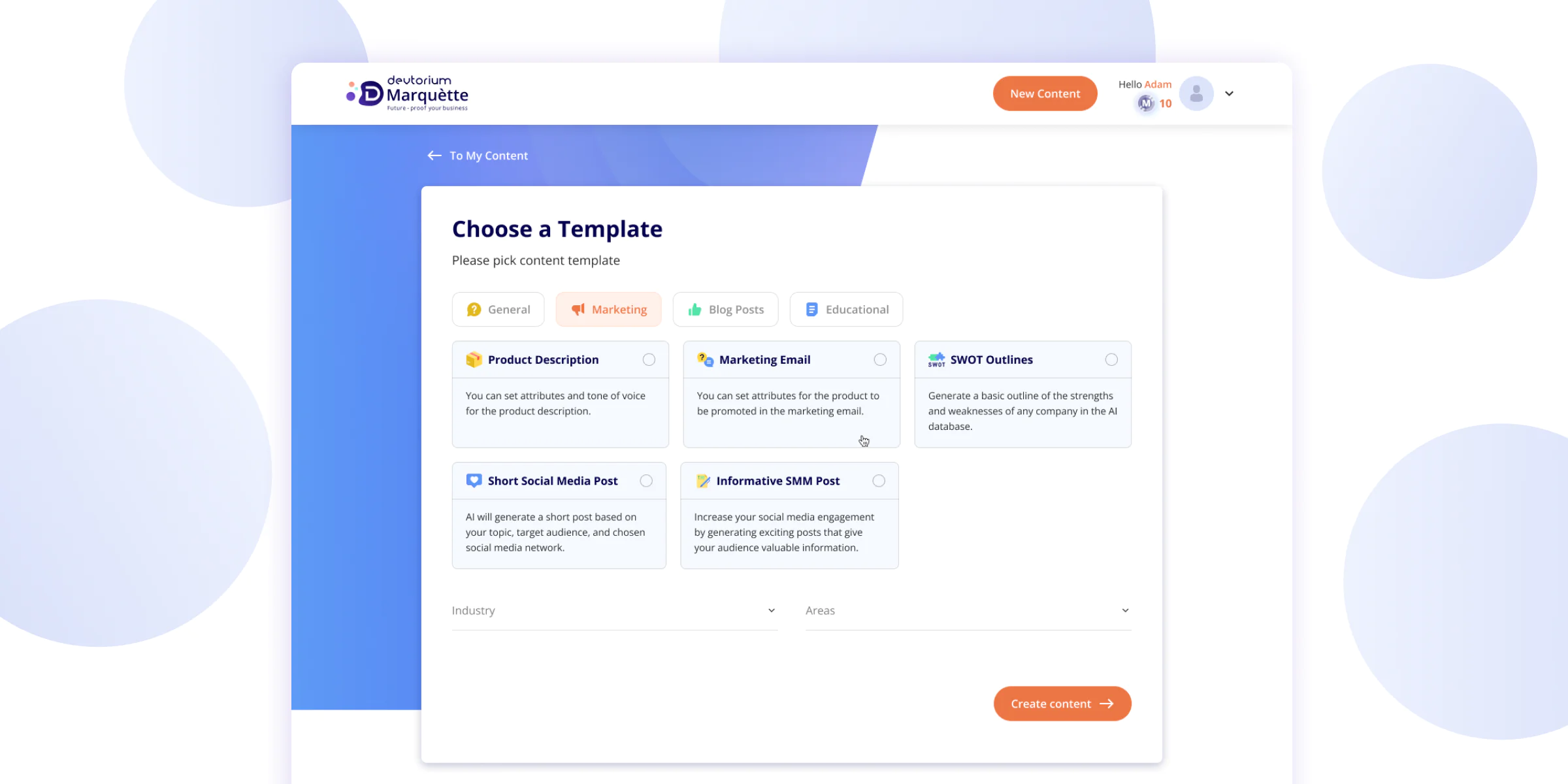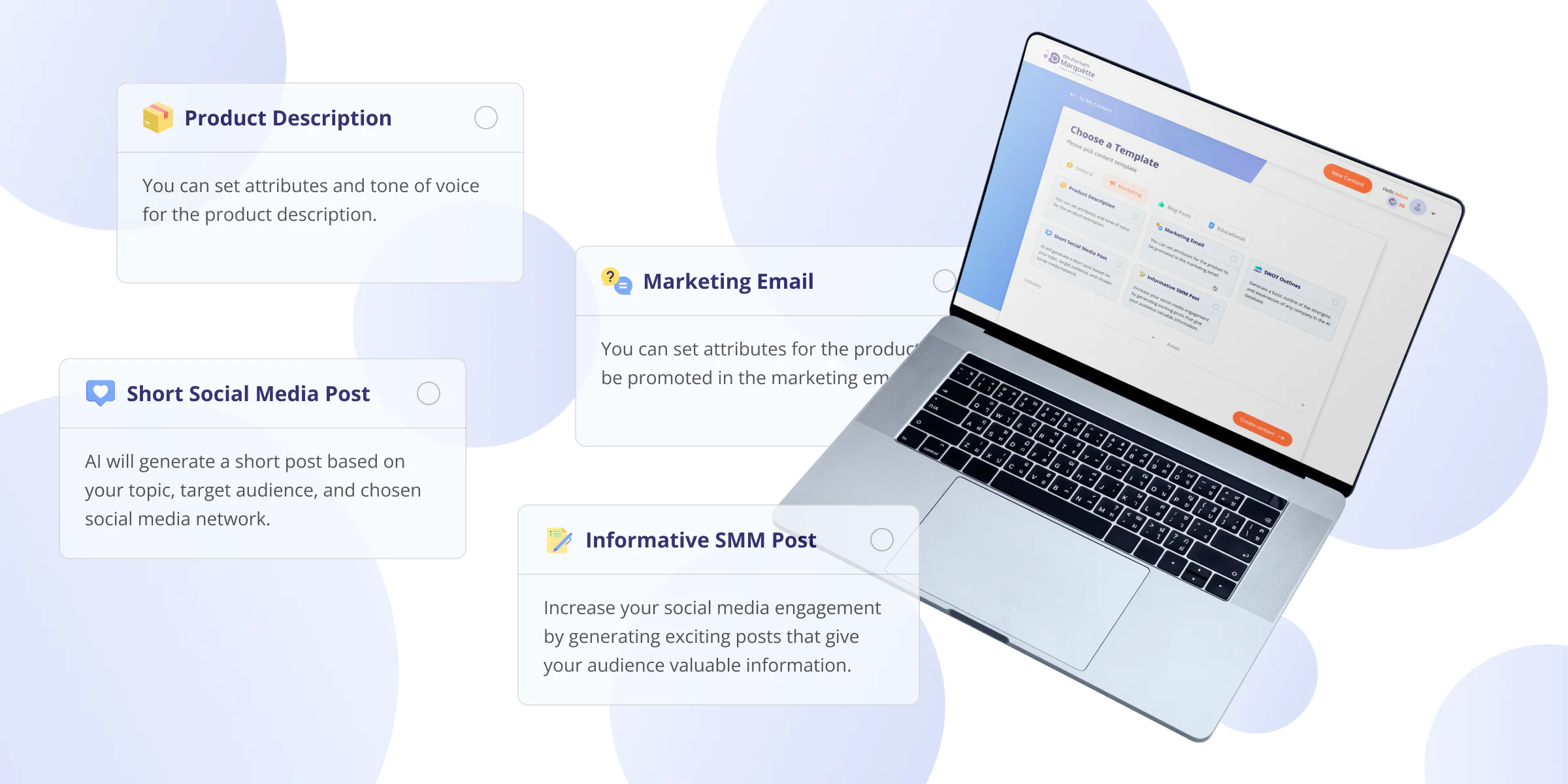The biggest challenge in choosing the best website building platform for small business today is that there are just too many of them. No doubt, when you visit the websites of different builders, you’ll see claims that they are the best and an impressive list of features used to prove it. Indeed, the truth of the matter is that many of these platforms are excellent. So, a business owner who is not an experienced tech professional working with websites might get confused fast.
Today, we’d like to bring some clarity to this issue. Devtorium has built dozens of websites for various industries, ranging from travel to eCommerce to derivatives trading. This experience gives our developers a perspective that enables them to help every client choose a website building platform best suited to their unique needs.
Below is a list compiled by our web development experts who share their top 5 website builders. These platforms are flexible and affordable, which makes them a great fit for small businesses.
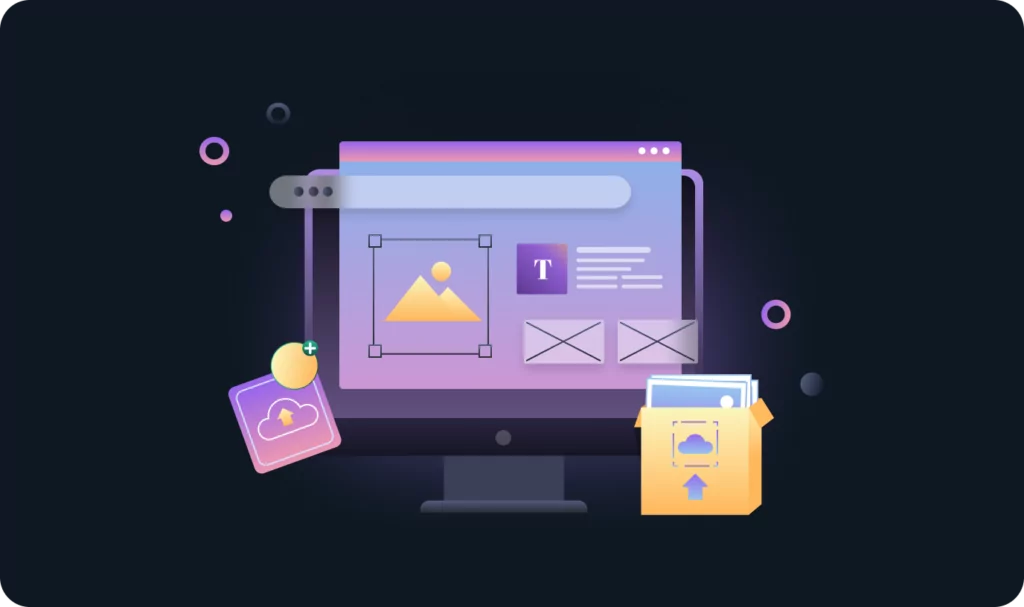
Best Website Building Platform for Small Business: Top 5
WordPress (+ WooCommerce)
WordPress is the number one website-building platform today. Over 43% of all websites on the internet run on WP. Despite the complex customization system, WordPress is the most flexible website builder you can find. If you wish to be in charge of the site and want to add unique functionalities and features, this is the choice for you. In fact, the Devtorium website is built on WordPress, so you can see exactly what our developers can do with this platform.
Moreover, small businesses specializing in online sales can easily create a WordPress store using a specialized plugin, WooCommerce. It’s one of the best eCommerce platforms today, and it allows you to run a store easily.
WordPress benefits:
- WP is a powerful content management system (CMS) that is free to use. You must pay only for a hosting company and domain names.
- WordPress is an open-source platform. Therefore, you can create a site with unique functionalities even with a small budget.
- This platform has a vast library of add-ons and plugins (over 60,000). Having unlimited access to various extensions (free and premium) makes this builder the most flexible for adding features and designs.
- There are thousands of themes and templates (free and premium). Therefore, you can create a beautiful site even without hiring a UI/UX designer.
AI capabilities:
WordPress offers multiple AI plugins that can diversify and boost website performance. They can perform various functions, including content creation, virtual assistance, security, and more.
Bubble
Bubble is our favorite no-code platform. Users created 2.3M+ apps on it, and the platform raised $10.3 billion in funding. Bubble has a robust and, most importantly, scalable infrastructure. Therefore, it’s perfect for entrepreneurs building MVPs and also serves as a great website building platform for small business.
Bubble benefits:
- Bubble.io is one of the most scalable no-code platforms. It’s easy to update and maintain your Bubble website.
- The drag-and-drop design saves you time and money. You can design custom web apps from scratch without the limitations of preset templates.
- The platform handles hosting, so there are no hard limits on the number of users or data storage.
- Bubble web development is compatible with all browsers and operating systems.
AI capabilities:
You can integrate AI in Bubble.io and optimize the website how way you want. It’s compatible with top trending technologies, including OpenAI and ChatGPT.
Webflow
Webflow is a no-code development platform that’s already used by 200,000+ organizations and businesses. Moreover, Webflow highly customizable. This website building platform for small business is a good option for design-oriented customers who wish to style the site precisely the way they want.
Webflow benefits:
- Due to advanced design features, you can create complex rich animations, parallax scrolling, and a variety of micro-interactions.
- Webflow comes with a built-in Content Management System (CMS). Therefore, you can effectively manage and modify all your content with this tool.
- The platform offers an extensive list of SEO tools and optimization options.
- Webflow has a huge library of integrations, including app integration and automation, content marketing solutions, analytics, and targeting tools.
AI capability:
Webflow was planning to develop an integrated AI feature that would assist platform users. However, as of now, they only allow for the integration of third-party AI tools. You can learn more about Webflow’s plans for AI development from their blog.
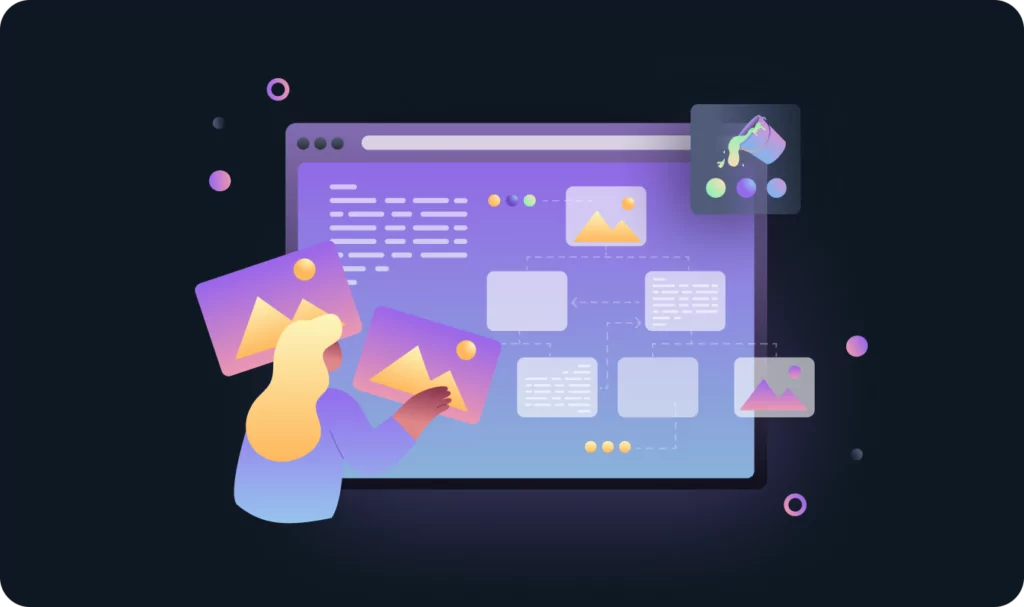
Shopify
Shopify is a website building platform for small business that specializes in online sales. As eCommerce goes, it’s hard to find a more comprehensive solution. Devtorium developers worked with Shopify extensively and they are very happy with the platform’s functionality, stability, and security. This all-in-one platform powers 10% of total US eCommerce sites. As Shopify offers unlimited storage and no product limit, you can scale from small to big online stores. This website builder works best for businesses that want to launch an online store really fast.
Shopify benefits:
- The platform’s advanced functionality enables you to manage your online store easily. Shopify offers everything from marketing and payment tools to secure transactions and shipping options support.
- You can use Shopify to sell online or in-person. The platform supports multiple outlets, including web, mobile, social media, online marketplaces, pop-ups, in-person events, retail locations, and brick-and-mortar stores.
- Shopify is completely cloud-based and hosted. Therefore, you don’t have to worry about issues like web hosting, security, caching, etc.
- Shopify has a 24/7 support team. It’s one of the few eCommerce platforms offering 24-hour customer service via email, live chat, and phone.
AI capabilities:
Shopify recently introduced a new AI tool called Shopify Magic. This proprietary solution helps users generate product descriptions for their shops. However, bear in mind that Shopify Magic’s suggestions may not be 100% on target. It’s a common weakness of all AI content generators.
Wix
Wix is a website building platform powering over 10.8 million sites. It has quite a few limitations in site management and design. However, this platform is well-suited for small businesses, consultants, bloggers, and entrepreneurs.
Wix benefits:
- Wix provides access to its own web hosting and domain names (free and paid).
- There is a built-in SEO tool. Therefore, you can improve the site’s ranking effectively.
- Wix considers website safety and security. For example, all their websites have an SSL certificate and are automatically backed up.
- Wix offers 24/7 customer support services for all paid plans.
AI capabilities:
Wix has artificial design intelligence (Wix ADI) that can assist you in designing a beautiful website. However, this feature is only available for some types of projects (portfolios, yoga sites, etc.). If your project fits the AI’s requirements, it will create images and content. In addition, it will connect your social media, create a contact form, or pick a suitable design for your audience.
Bottom Line: How to Pick the Best Website Building Platform?
The process of choosing the best platform and building a website using it can be rather straightforward and easy. As a business owner, you just need to take the following steps:
- Make a list of the things you want your website to have and do. It will be easier if you do some extra research. For example, you can look at what your competitors’ sites are like. Also, you can add some ideas of the things you enjoyed on various pages while browsing the Internet.
- Contact the Devtorium team and arrange a free consultation at a time convenient for you.
- Share your list of requirements with us. Devtorium developers, analysts, and designers will quickly come up with suggestions and estimates. Next, we’ll provide an offer with different options that will highlight different perks of specific platforms that you can benefit from while staying within budget.
- Pick the offer that you like most, and our dev team will do the rest. You’ll have your website up and running in no time!

